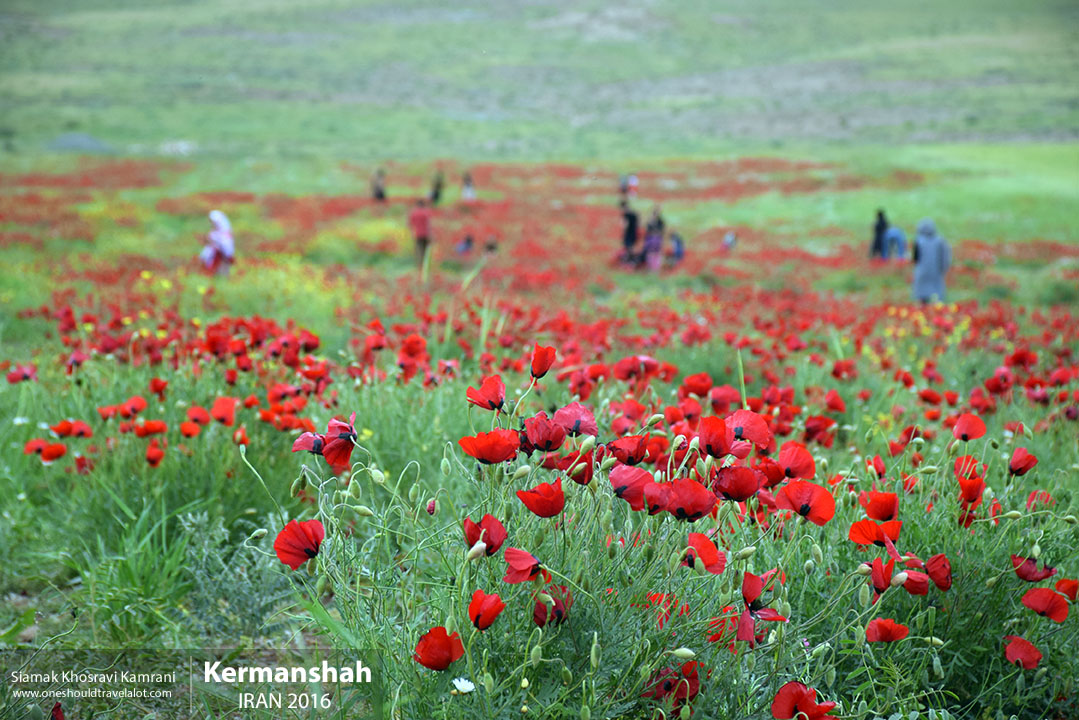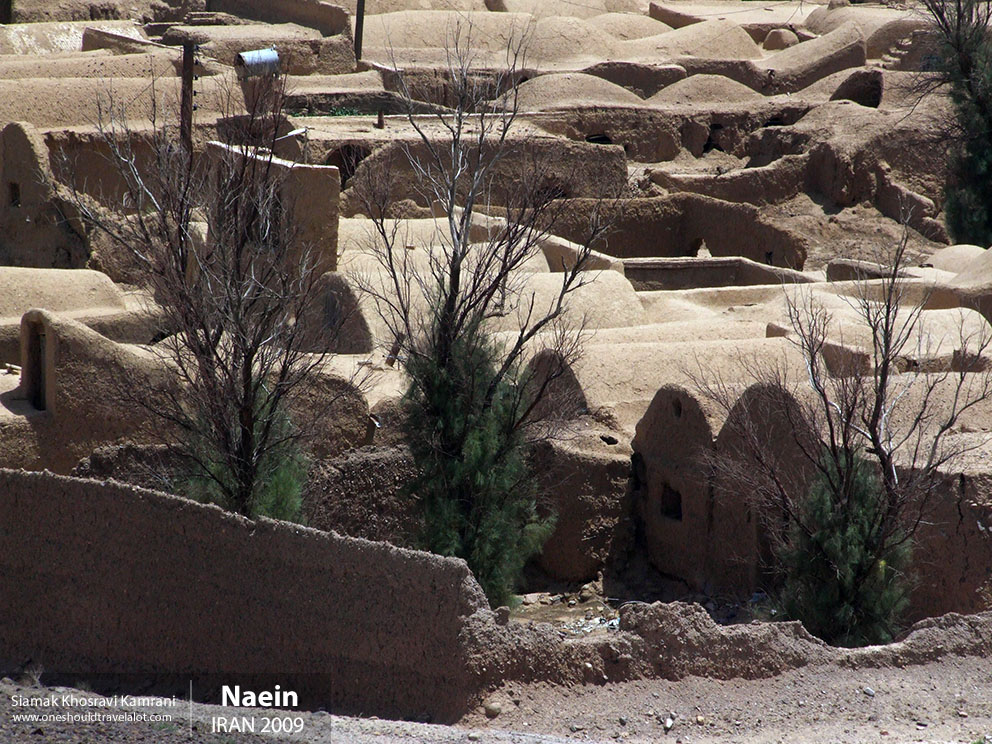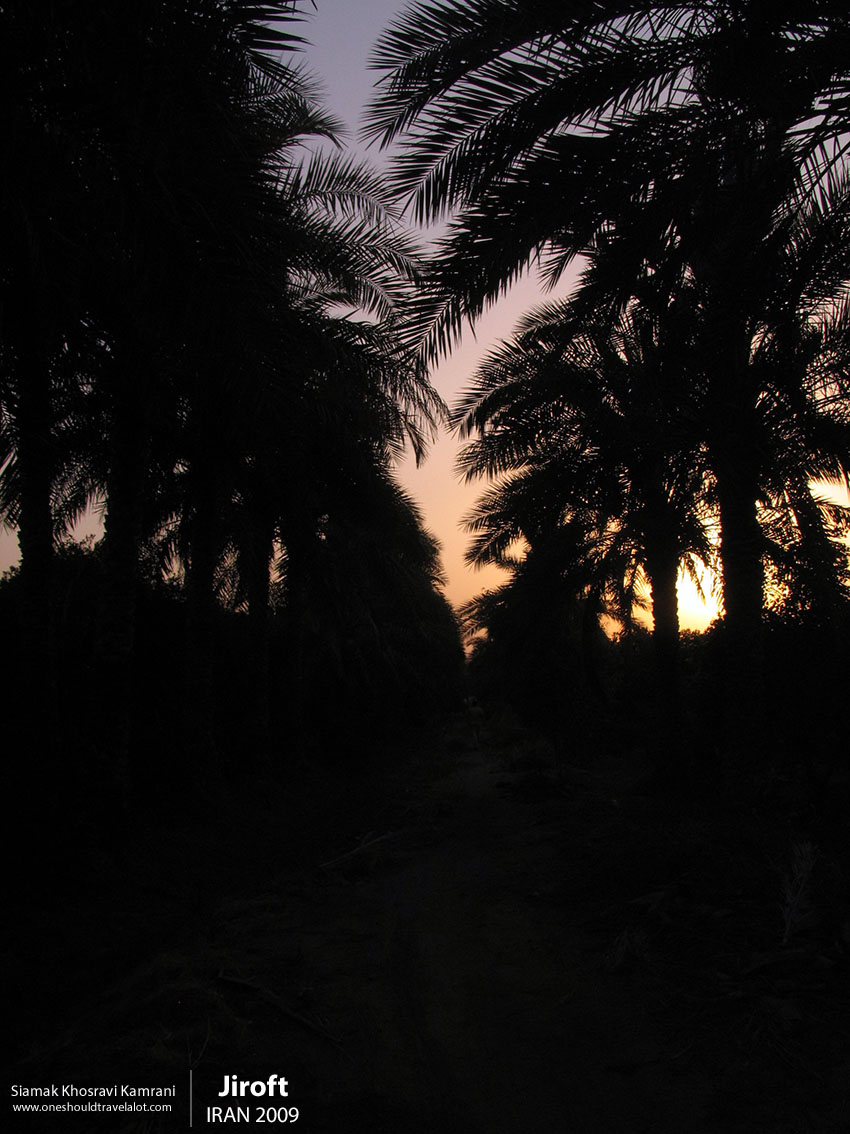A Photographer’s Journey to Takht-e Soleyman, Iran
Nestled in the heart of the Zanjan province in northwestern Iran, Takht-e Soleyman is a site steeped in history, myth, and breathtaking natural beauty. As a photographer with a passion for capturing the essence of places, my journey to this ancient site was an adventure filled with awe and wonder.
First Impressions
Arriving at Takht-e Soleyman, I was immediately struck by the serene atmosphere that envelops this historical site. The landscape, characterized by rugged mountains and lush valleys, provides a stunning backdrop to the ruins. The air is crisp and fresh, a welcome change from the bustling cities I’ve often visited. The standard of living here appears modest, with a deep connection to the land and history that defines the local way of life.
The Myth and History of Takht-e Soleyman
Takht-e Soleyman, meaning “Throne of Solomon,” is not only a UNESCO World Heritage Site but also a place wrapped in legend. According to local lore, it was here that King Solomon imprisoned the monstrous demon, Ahriman. However, its historical significance goes beyond myth. The site was once a prominent Zoroastrian fire temple during the Sassanian period and later transformed into an important Islamic pilgrimage site.
The Journey Begins
The Sacred Lake
One of the first features to catch my eye was the large, circular lake at the center of the site. This lake, fed by natural springs, is considered sacred and is believed to have been the centerpiece of the Zoroastrian temple complex. The water, incredibly clear and tranquil, reflects the surrounding mountains and ruins, creating a mirror-like surface that is perfect for photography. I spent hours capturing the play of light and shadow on the water’s surface, trying to immortalize the serene beauty of this ancient pool.
The Ruins
The ruins of Takht-e Soleyman are spread over a considerable area, each structure telling a story of its own. The main fire temple, dedicated to the Zoroastrian deity Ahura Mazda, stands in partial ruin, its grand arches and columns hinting at its former glory. As I wandered through the remnants of the royal palace and the fortified walls, I could almost hear the echoes of ancient prayers and the hustle and bustle of a once-thriving community.
Local Culture and Traditions
The people of this region are incredibly hospitable, embodying the warmth and kindness that Iran is known for. Many of the locals I met were eager to share their knowledge about the site and their personal connections to it. Over cups of fragrant tea, I learned about their customs, traditions, and the significance of Takht-e Soleyman in their cultural heritage.
Language and Ethnicity
The primary language spoken here is Persian, but the local dialect has its unique nuances. The people belong to various ethnic backgrounds, with Azeris being the predominant group in the Zanjan province. This blend of cultures and languages adds a rich layer of complexity to the social fabric of the area.
Exploring the Surroundings
Mount Zendan
Nearby, Mount Zendan, also known as the Prison of Solomon, looms large. This dormant volcano is another site of historical and mythological importance. The climb to its summit is challenging but rewarding, offering panoramic views of the surrounding landscape. From the top, the entire expanse of Takht-e Soleyman can be seen, a mosaic of history set against the backdrop of nature’s splendor.
The Villages
Exploring the nearby villages, I found a slower pace of life that was refreshing. The villagers engage in traditional crafts such as carpet weaving and pottery, skills passed down through generations. These crafts are not just a means of livelihood but a way of preserving their heritage. Photographing these artisans at work was a highlight of my trip, each image capturing a piece of their soul and dedication.
Local Cuisine
No journey is complete without indulging in the local cuisine. The food in this region is hearty and flavorful, with an emphasis on fresh ingredients. I savored dishes like kebabs, stews, and a variety of bread, each meal a culinary delight. Sharing meals with the locals, I learned that food here is more than sustenance; it is a means of bringing people together, a celebration of community and culture.
The Essence of Takht-e Soleyman
As my time in Takht-e Soleyman drew to a close, I reflected on the profound sense of connection I felt with this place. It is a site where history and myth converge, where the past is palpably present in every stone and every story. The tranquility of the landscape, the warmth of the people, and the rich tapestry of culture and history create a unique experience that is hard to capture in words or photographs.



